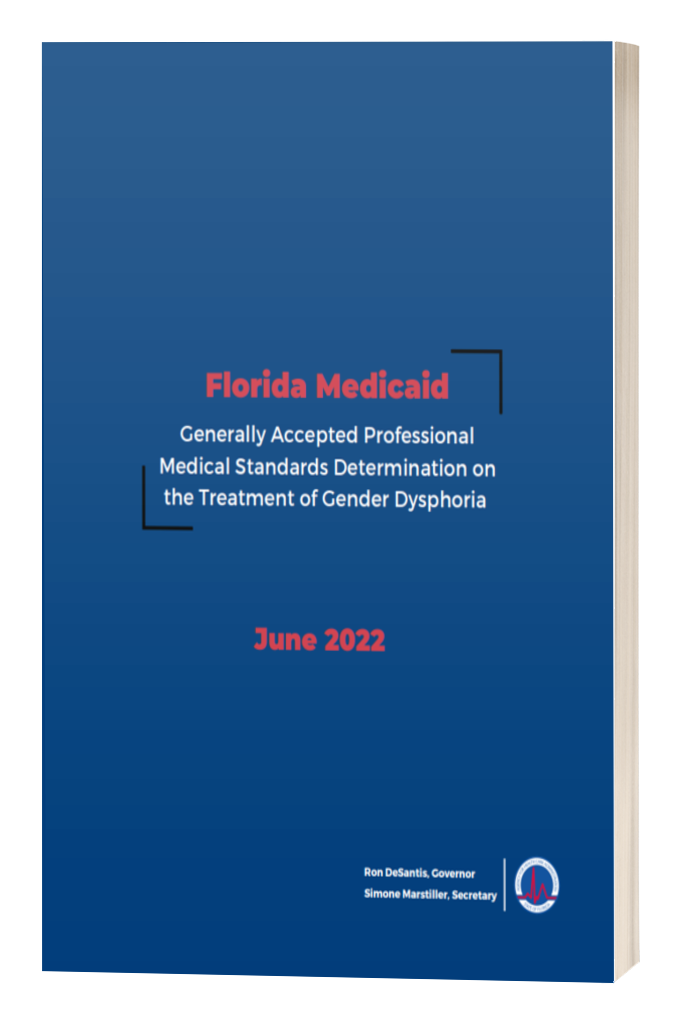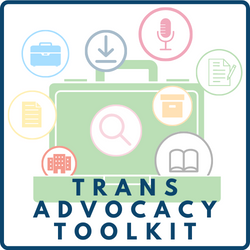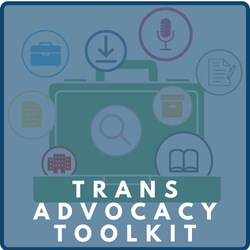UNDERSTANDING TRANSGENDER ISSUES
Resources by Topic
PUBERTY BLOCKERS | CROSS-SEX HORMONES | SURGERY | CONSENT | POTENTIAL CAUSES | ROGD | SUICIDE | SOCIAL TRANSITION | MEDICAL TRANSITION | SOCIAL CONTAGION | PARENTAL RIGHTS | POLICIES | EXPERIMENTATION | LEGISLATION | SOGI | WOMEN’S SPORTS | PUBLIC ACCOMMODATIONS | BIRTH CERTIFICATES | INTERSEX/DSD | COMPELLED SPEECH | AFFIRMATION | GENDER DYSPHORIA | DESISTERS/DETRANSITIONERS | THERAPY BANS
Surgery
Videos
Gender Dysphoria in Children: A Cry for Help Not Hormones
Commonsense Care
Dysphoric
Why mastectomies for healthy teen girls is no big deal
Medical Harms from the Treatment of Child and Adolescent Gender Dysphoria
I Regret Top Surgery
The Rise of Transgender Medicine
Detransition Conference and medical ethics in the age of gender identity
ROGD Webinar
Trans Mission
Trans Train
Utah House Judiciary Committee Hearing Highlights on HB 399
Heyer – ATI 2021
I Want My Sex Back: Transgender people who regretted changing sex (RT Documentary)
Former Transgender Asks Senators Not to Ban Counselling That Helped Her Change:
Michelle Cretella
Organizations
Guides

Generally Accepted Professional Medical Standards Determination on the Treatment of Gender Dysphoria
Download
Research
The study’s purpose was to describe a population of individuals who experienced gender dysphoria, chose to undergo medical and/or surgical transition and then detransitioned by discontinuing medications, having surgery to reverse the efects of transition, or both.
What factors, aside from the lack of a rigorous evidence base, might contribute to dangerous medical practices? Can history inform us anything about what might lead physicians to over-enthusiastically and prematurely embrace risky and unproven treatments? History suggests there is most likely a complex interplay of multiple factors, and I discuss some of these in this section. In the subsequent section, I return to discuss the gender affirmative treatment approach for GD youth and highlight some themes that may suggest some parallels with this history.
Correction to Bränström and Pachankis
After the article “Reduction in Mental Health Treatment Utilization Among Transgender Individuals After Gender-Affirming Surgeries: A Total Population Study” by Richard Bränström, Ph.D., and John E. Pachankis, Ph.D. (doi: 10.1176/appi.ajp.2019.19010080), was published online on October 4, 2019, some letters containing questions on the statistical methodology employed in the study led the Journal to seek statistical consultations. The results of these consultations were presented to the study authors, who concurred with many of the points raised. Upon request, the authors reanalyzed the data to compare outcomes between individuals diagnosed with gender incongruence who had received gender-affirming surgical treatments and those diagnosed with gender incongruence who had not. While this comparison was performed retrospectively and was not part of the original research question given that several other factors may differ between the groups, the results demonstrated no advantage of surgery in relation to subsequent mood or anxiety disorder-related health care visits or prescriptions or hospitalizations following suicide attempts in that comparison.
Informed Consent for Transgendered Patients
This article reviews the history of informed consent, presents the conflicts of ethical principles, and presents three categories of risk that must be appreciated before informed consent is accomplished. The risks involve biological, social, and psychological consequences. Four specific risks exist in each category. The World Professional Association for Transgender Health’s Standards of Care recommend an informed consent process, which is at odds with its recommendation of providing hormones on demand.
The Right to Best Care for Children Does Not Include the Right to Medical Transition
Refuting that any child has the right to medically transition
Debate: Different strokes for different folks
A gender social transition in prepubertal children is a form of psychosocial treatment that aims to reduce gender dysphoria, but with the likely consequence of subsequent (lifelong) biomedical treatments as well (gender-affirming hormonal treatment and surgery).
The treatment for transsexualism is sex reassignment, including hormonal treatment and surgery aimed at making the person’s body as congruent with the opposite sex as possible. There is a dearth of long term, follow-up studies after sex reassignment.















